If you’re considering getting a pet mouse or simply curious about the lifespan of wild mice, it’s important to understand the average mouse lifespan. Knowing how long mice typically live can help you provide the best care for your pet or gain a better understanding of these fascinating creatures in the wild.
Whether you’re a mouse owner or simply interested in the natural world, knowing the average mouse lifespan is essential. It allows you to make informed decisions about taking care of pet mice and appreciate the delicate balance of nature that wild mice contribute to.
In this article, we will explore both the lifespan of pet mice and wild mice, shedding light on their differences and the factors that influence their longevity.
What is the Average Lifespan of a Mouse?
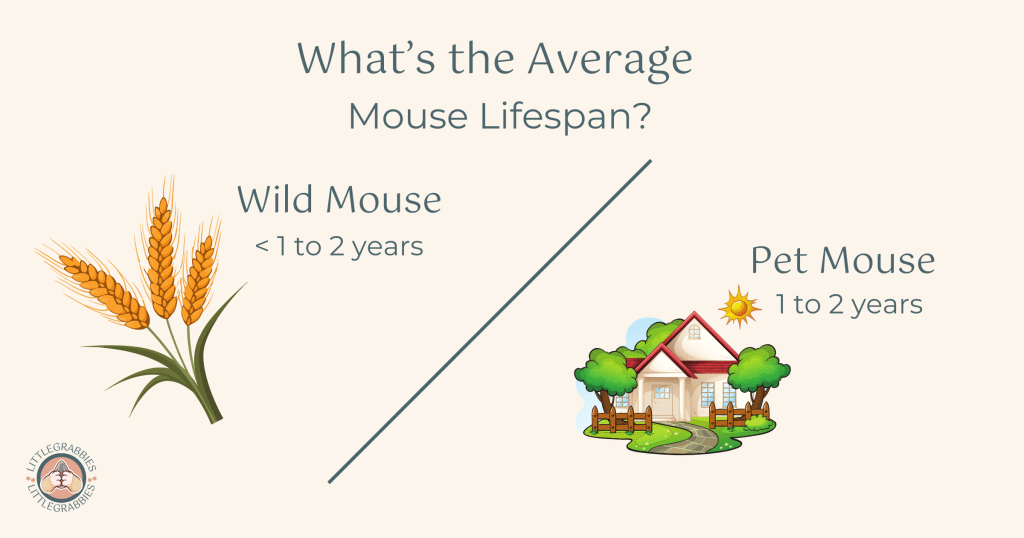
The average lifespan of a mouse can vary depending on several factors, including species, genetics, diet, and living conditions. In the wild, the average lifespan of a mouse is relatively short, typically ranging from under a year to 2 years due to predation, disease, and environmental factors. However, in a controlled environment such as captivity, mice can live longer, with an average lifespan of 2 to 3 years.
Different species of mice also exhibit variations in lifespan, with some living slightly longer or shorter than others. For example, the average lifespan of a house mouse (Mus musculus) in captivity is around 2 years, while the average lifespan of a wild wood mouse (Apodemus sylvaticus) is roughly 1 year.
According to Animal Diversity Web, the average lifespan of a mouse in captivity is around 2 years, while studies published in scientific journals such as Nature and the NIH support this estimate with similar findings. It’s important to note that these figures may vary slightly based on individual circumstances, but they provide a general understanding of the average lifespan of a mouse.
How Long Do Mice Live as Pets?
The average lifespan of pet mice is around 1.5 to 3 years, although some may live up to 4 years with proper care. Factors that can impact their longevity include the quality of care, housing conditions, and the mouse’s diet.
Pet mice can live longer than their wild counterparts due to the absence of predators, regular access to food and water, and veterinary care. To ensure a healthy and extended life for pet mice, pet parents should provide a spacious and clean cage, a balanced diet including fresh fruits and vegetables, as well as opportunities for exercise and mental stimulation. Regular veterinary check-ups are also essential in identifying and addressing any health issues early on.
Additionally, avoiding stressors such as loud noises or sudden movements, and providing a safe and enriching environment can contribute to a longer lifespan for pet mice. Overall, with proper care, housing, and diet, pet mice can live a longer and healthier life compared to their wild counterparts.
Learn more: Are Hamster Balls Safe for Hamsters, Gerbils, and Mice?
How Long Do Mice Live in the Wild?
In the wild, mice have an average lifespan of a few months to 2 years. Most wild mice live less than 18 months. This is significantly impacted by various factors such as predators, lack of resources, and exposure to the elements.
Predators such as owls, snakes, and foxes pose a constant threat to the survival of wild mice, reducing their average lifespan. Additionally, the competition for food, water, and shelter in their natural habitat further limits their longevity. Exposure to the elements, including harsh weather conditions and natural disasters, also contributes to a reduced lifespan for wild mice.
Common mouse species in the wild, such as the house mouse and deer mouse, typically have similar average lifespans of about 18 months. However, when these mice find their way indoors, their lifespan may increase due to the controlled environment, reduced exposure to predators, and access to food and shelter.
How Long Does a House Mouse Live?
The average lifespan of a house mouse is around 1 to 2 years. However, several factors can affect their longevity, such as predation, food availability, and environmental conditions. In the wild, house mice face threats from predators, diseases, and harsh weather, which can significantly reduce their lifespan. On the other hand, house mice living in human homes may have a slightly longer lifespan due to the availability of food, shelter, and protection from predators.
Optimal conditions for a mouse to live a longer life include a clean and safe environment, access to fresh food and water, and protection from predators. However, living in a human habitat also poses threats to their lifespan, such as exposure to toxic substances, traps, and the risk of being hunted by pets. Overall, the lifespan of a house mouse can vary depending on their living conditions and the threats they face in their environment.
Mouse Lifespan by Species
The average lifespan of common mice species varies depending on their habitat and exposure to predators. House mice, under optimal conditions, can live anywhere from 1 to 3 years. Their lifespan is greatly impacted by their living environment and food availability.
Deer mice, which typically reside in rural and suburban areas, have an average lifespan ranging from 1 to 3 years. Exposure to predators such as snakes and birds of prey can significantly decrease their lifespan.
White-footed mice, found in wooded and grassy areas, have an average lifespan of 1 to 2 years. Their lifespan is influenced by their proximity to predators and availability of shelter.
Western harvest mice, living in grasslands and fields, have an average lifespan of 1 to 2 years. Their lifespan can be shortened by exposure to predators and harsh weather conditions.
Overall, the lifespan of these mice species is greatly affected by their habitat and exposure to predators, with optimal conditions allowing for longer lifespans.
Life Cycle of a Mouse
The life cycle of a mouse encompasses various stages that characterize its growth and development. From birth to adulthood, mice undergo significant changes in their physical and behavioral attributes.
Understanding the life cycle of a mouse is essential for pet owners to provide the best care at each stage. Whether it’s observing the early stages of a mouse’s life or understanding their needs in old age, it’s important to recognize the key phases that make up the life cycle of a mouse.
Mouse gestation
The gestation period for a mouse lasts around 19-21 days. During this time, the embryos develop into recognizable mouse pups. In the early stages of gestation, major organs such as the heart, lungs, liver, and kidneys begin to form. By the tenth day, the skeletal structure becomes apparent, and the fur starts to develop. At around day 16, the mouse pups’ inner ears and teeth begin to form.
Baby mice
When the gestation period is complete, the mouse pups are born blind, hairless, and deaf. Their eyes and ears open at around 2 weeks of age, and they start to explore their surroundings. By week 3, the mouse pups start to exhibit coordinated movement and can regulate body temperature.
At around 3-4 weeks, the pups are fully weaned and independent, although they continue to grow and develop. The mouse pups are considered fully developed at around 6-8 weeks of age, at which point they reach sexual maturity.
Juvenile to adult mice
Juvenile mice, as they reach sexual maturity, display increased risk-taking behaviors and a higher level of social activity. They become more explorative, venturing out to seek potential mates and new territories. This can lead to increased interactions with other mice, as they establish their social hierarchy and look for potential partners for reproduction.
Overall, as juvenile mice reach sexual maturity, they become more daring, engage in more social activities, and display a strong drive for reproduction. These behaviors are essential for the survival and propagation of the species.
Caring for elderly pet mice
As mice age, they may experience changes in mobility, appetite, and overall energy levels. It is essential to provide them with a comfortable and safe environment, maintaining a clean cage with soft bedding and easy access to food and water.
You might also want to reduce the number of climbing obstacles or the height of climbing toys to protect your elderly mouse from falling a great distance.
Perform regular health checks on your mice by weighing them and checking over their fur, eyes, tails, ears, teeth, genitals, and bottoms. Listen to their breathing to check for upper respiratory infections. If you notice anything unusual, take your mouse to the vet for a checkup.
Illnesses in Pet Mice
Pet mice can be prone to various illnesses, just like any other living creature. It is important for mouse owners to be aware of common illnesses that can affect their beloved pets. Some common illnesses in pet mice include respiratory infections, bacterial infections, parasites, and tumors.
It is crucial to provide a clean and hygienic living environment for mice, as well as regular vet check-ups and proper nutrition, to minimize the risk of illnesses. Early detection and timely treatment of any potential health issues are essential for the well-being of pet mice.
Caring for Pet Mice
When caring for pet mice, it’s important to consider their lifespan, which is typically 1-3 years, as well as their reproductive abilities, as they can reproduce quickly if kept in a mixed-sex group. Health risks for pet mice include respiratory infections and tumors, so regular veterinary check-ups are essential.
For housing, provide a spacious and secure cage with plenty of bedding material for burrowing. Mice also need a balanced diet of high-quality pellets, a seed mix, fresh fruits and vegetables, and occasional protein sources like mealworms. Handling should be gentle and frequent to socialize the mice, while enrichment activities such as exercise wheels, ladders, and tunnels are crucial for their physical and mental well-being.
Creating a Good Home for Mice
Creating a good home for pet mice involves providing ample shelter, access to food and water, enrichment items such as wheels and chews, and protection from stress.
Providing a safe and comfortable environment for pet mice is crucial for their overall well-being and longevity. A well-maintained environment helps reduce stress, prevents diseases, and promotes healthy behaviors. This means providing a clean living space, a suitable diet, and access to water at all times. Additionally, mice need mental stimulation and room for exercise to keep them physically and mentally healthy.
By considering these key factors and creating a conducive environment for pet mice, their chances of thriving and living a longer life are significantly improved. A safe and comfortable home provides a sense of security for pet mice to exhibit natural behaviors and lead a fulfilling and healthy life.

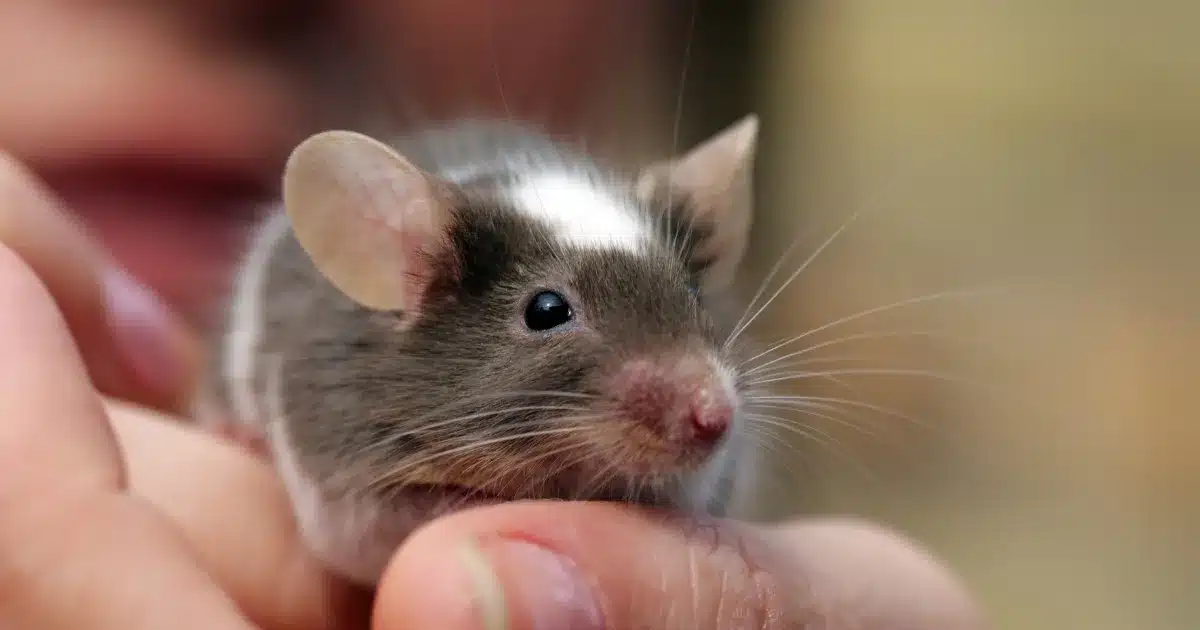
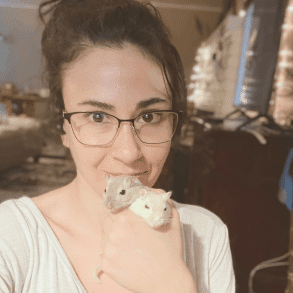

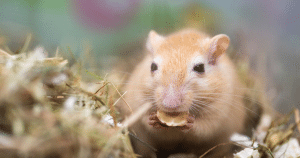
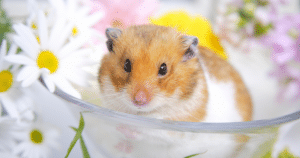

0 Comments